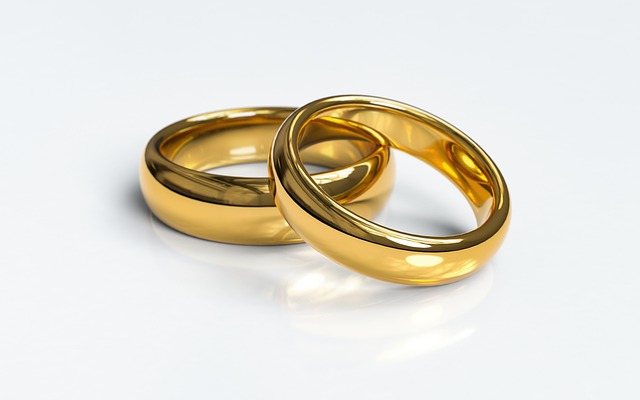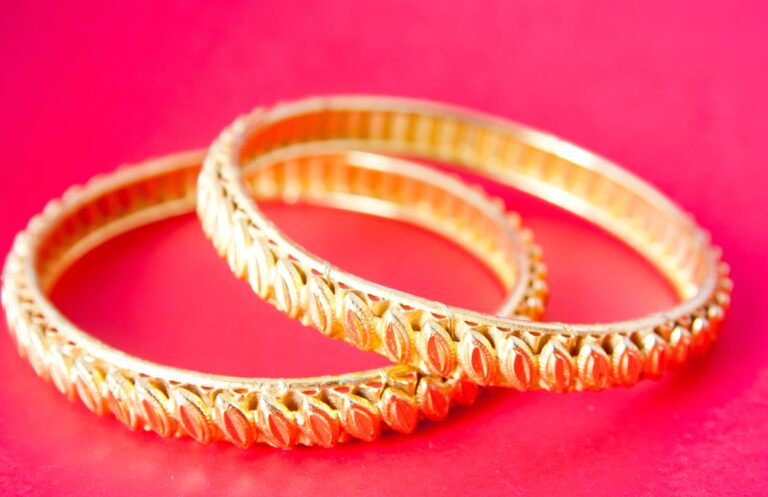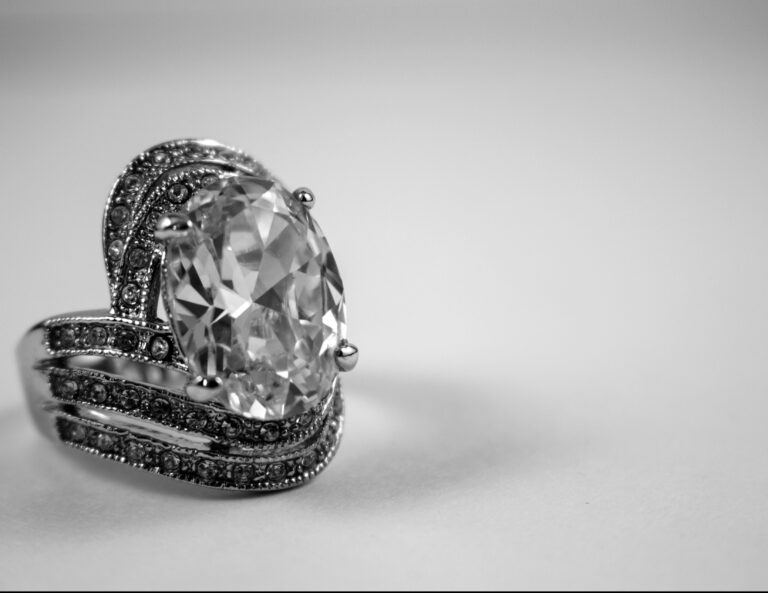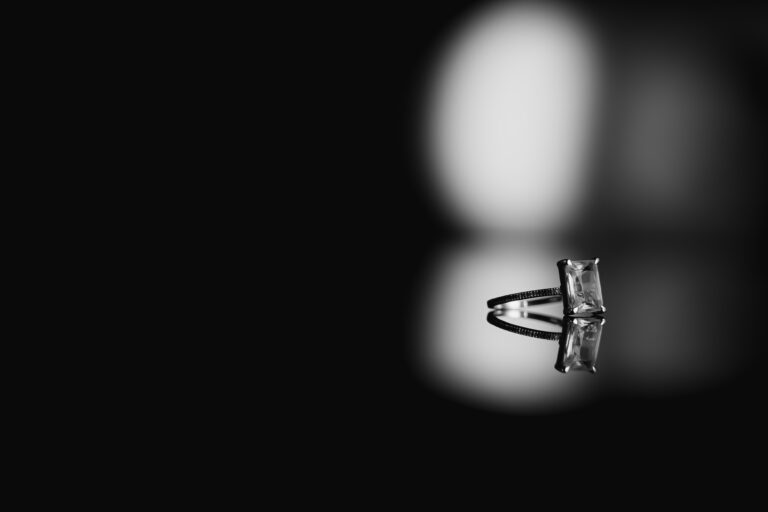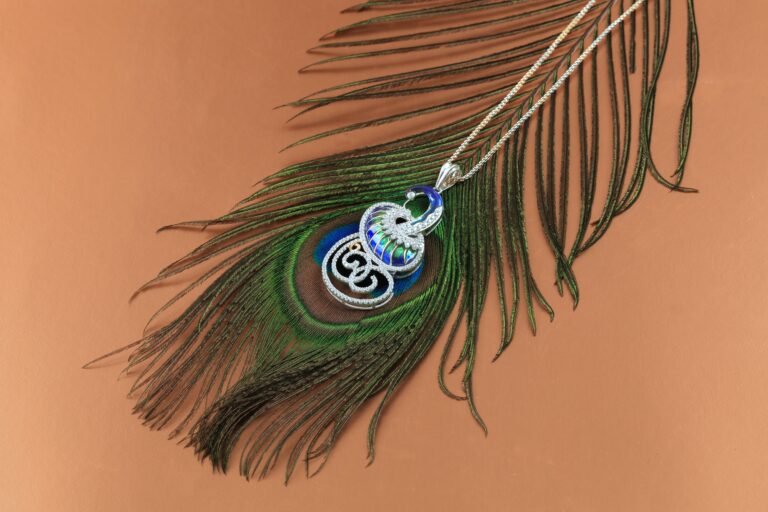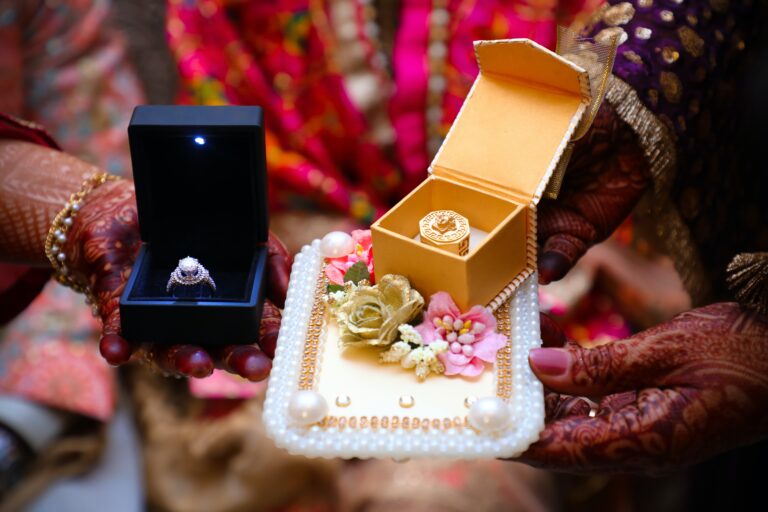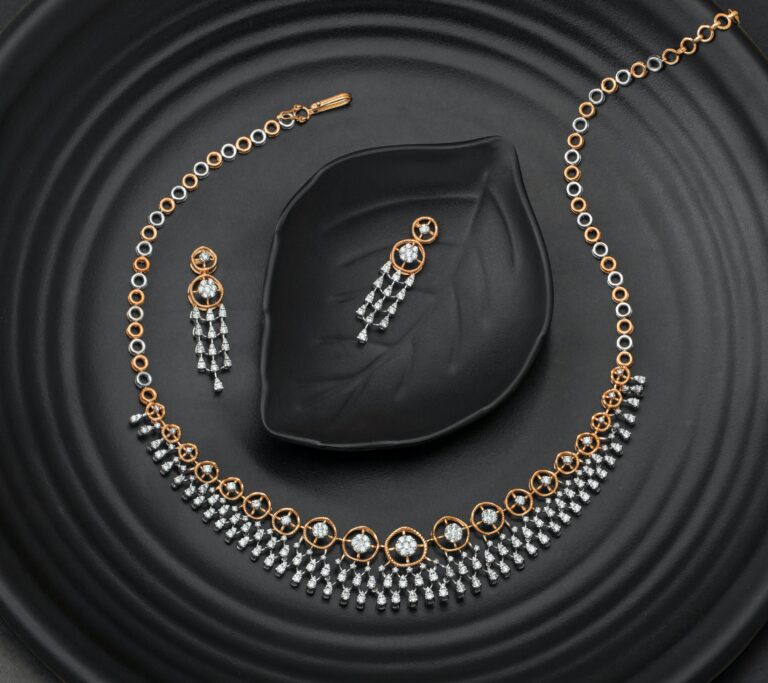How Can You Tell Good Jewelry
When it comes to buying jewelry, there’s no denying that it can be a daunting task. Whether you’re hunting for a special gift or simply indulging in a little self-splurge, knowing how to spot good jewelry is key. You want something that not only catches your eye but also lasts a lifetime. But hey, don’t fret! In this article, we’ll dive straight into the nitty-gritty and provide you with simple yet effective tips to determine the quality of jewelry. So, without further ado, let’s uncover the secrets to telling good jewelry from the rest. Get ready to sparkle with confidence!
Table of Contents
- 1. Unveiling the Secrets: Understanding the Hallmarks of Fine Jewelry
- 2. The Allure of Authenticity: Identifying Genuine Gemstones in Jewelry
- 3. Crafting Brilliance: Decoding the Intricacies of Precious Metal Quality
- 4. Unlocking Enduring Beauty: Evaluating the Craftsmanship of Fine Jewelry
- 5. Sparkling Elegance: Evaluating the Clarity and Cut of Diamonds
- 6. The Price of Prestige: Expert Tips for Evaluating Fine Jewelry’s Value
- FAQs
- Wrapping Up
1. Unveiling the Secrets: Understanding the Hallmarks of Fine Jewelry
When it comes to fine jewelry, there are certain hallmarks that set it apart and make it truly exceptional. Understanding these secrets will not only help you appreciate the beauty and craftsmanship of fine jewelry, but also make informed decisions when purchasing pieces for yourself or loved ones.
Firstly, fine jewelry is known for its use of high-quality materials. From dazzling diamonds to lustrous gemstones, the finest jewelry is crafted using precious metals like gold, silver, and platinum. These materials not only add sophistication, but also ensure the longevity and durability of each piece.
- Craftsmanship: Fine jewelry is meticulously crafted by skilled artisans who pay extraordinary attention to detail. Each element, from the setting to the delicate embellishments, is flawlessly executed, resulting in exquisite pieces that stand the test of time.
- Elegant Designs: Fine jewelry embraces elegant and timeless designs. Whether it’s a classic solitaire ring, a delicate pendant, or an intricately designed bracelet, these pieces reflect a sense of refinement and style that transcends trends.
- Precious Gemstones: Another hallmark of fine jewelry is the use of precious gemstones that captivate with their brilliance. From vibrant rubies to deep sapphires and mesmerizing emeralds, these gemstones add a touch of allure and luxury to any piece.
- Exceptional Attention to Detail: It’s the small details that truly make fine jewelry special. Whether it’s the meticulously pave-set diamonds, the perfectly proportioned gemstone cuts, or the hidden engravings, these fine touches showcase the craftsmanship and skill behind each piece.
Understanding these hallmarks of fine jewelry empowers you to appreciate the artistry and quality that goes into every piece. So, next time you explore a dazzling collection of fine jewelry, look out for these secrets that make each piece truly remarkable.
2. The Allure of Authenticity: Identifying Genuine Gemstones in Jewelry
Gemstones in jewelry have an undeniable appeal that draws us in, but it’s crucial to distinguish between genuine and fake ones. Authenticity is the key to finding truly remarkable gemstones that capture the essence of beauty. When identifying genuine gemstones, it’s essential to rely on a few key factors and techniques.
First and foremost, consider the transparency of the gemstone. Authentic gemstones typically possess a certain level of transparency that allows light to travel through them. Hold the gemstone up to a light source and observe if it allows light to pass through. If it does, it’s an excellent indicator of its authenticity. Additionally, pay close attention to the color of the gemstone. Genuine gemstones exhibit vivid, rich colors that are consistent throughout the stone.
Another significant characteristic to consider is the gemstone’s hardness. Genuine gemstones tend to have a higher level of hardness, which enables them to withstand everyday wear and tear. The Mohs scale of mineral hardness is a useful tool in determining the hardness of a gemstone. You can consult the scale to compare the hardness of different gemstones. Lastly, ensure that the gemstone is cut and polished professionally. Authentic gemstones are expertly cut and exhibit symmetrical facets that enhance their brilliance and overall appearance. A well-cut gemstone will reflect light evenly and dazzle admirers.
In conclusion, embracing the allure of authenticity when it comes to gemstones is crucial. By examining factors such as transparency, color, hardness, and cut, you can identify genuine gemstones that spark joy and add elegance to your jewelry collection. Don’t be fooled by imitations; opt for the beauty and brilliance that only authentic gemstones can provide.
3. Crafting Brilliance: Decoding the Intricacies of Precious Metal Quality
In the world of jewelry, the quality of precious metals is a key factor that sets apart true brilliance from the rest. Understanding the intricacies of precious metal quality is like deciphering a fascinating code that reveals the true value and allure of these coveted materials.
When it comes to crafting brilliance, there are several elements that play a crucial role in determining the quality of precious metals. First and foremost, purity is of utmost importance. Pure metals are the foundation of exquisite jewelry pieces, as they provide a solid base for enchanting designs to flourish. Whether it’s gold, silver, platinum, or any other precious metal, the higher the purity level, the more valuable and desirable the piece becomes. So, as you delve into the world of fine jewelry, keep an eye out for hallmarks that signify the level of purity. These little stamps hold immense significance as they authenticate the quality and preciousness of the metal.
Secondly, it’s vital to consider the durability of precious metals. Jewelry is meant to be worn, cherished, and passed down through generations, so it’s crucial to choose metals that can withstand the test of time. Opt for metals that strike a balance between strength and malleability, such as platinum or 18 karat gold. These materials exhibit exceptional durability, ensuring that your treasured pieces remain stunning and resilient even after years of wear. Moreover, the craftsmanship behind the creation of jewelry is also a testament to its overall quality. From intricate designs to flawless finishes, the skilled artistry that goes into crafting precious metal jewelry elevates its brilliance to unparalleled heights. So, be mindful of the artistry and attention to detail when selecting your next piece of fine jewelry.
4. Unlocking Enduring Beauty: Evaluating the Craftsmanship of Fine Jewelry
In the world of fine jewelry, there is an undeniable allure that stems from the enduring beauty and exquisite craftsmanship of each piece. Evaluating the craftsmanship behind these masterpieces is a journey that unveils the secret behind their timeless appeal.
When it comes to evaluating the craftsmanship of fine jewelry, several key factors come into play. Attention to detail is paramount, as skilled artisans work diligently to ensure that every facet, every curve, and every setting is flawlessly executed. The precision and accuracy with which each gemstone is cut and set can make all the difference in the final finished piece. Additionally, the quality of materials used plays a significant role in establishing the longevity and value of the jewelry. Fine metals, such as gold and platinum, should be expertly molded and solidly constructed, while gemstones should be carefully selected for their brilliance and transparency. The seamless integration of these elements highlights the level of skill and dedication embedded within each creation.
In the evaluation process, design aesthetics also come to the fore. Aesthetics refer not only to the overall visual appeal but also to the jewelry’s ability to evoke emotions and capture the essence of its wearer. From the intricate motifs inspired by nature to the sleek lines of modern designs, fine jewelry showcases a myriad of choices. Impeccable finishing and polishing techniques make the jewelry shine, emphasizing the impeccable craftsmanship behind the piece. The final result is a wearable work of art that stands as a testament to the skill and artistry of its creator. Evaluating the craftsmanship of fine jewelry allows us to delve deeper into the world of beauty and appreciate the remarkable talents that shape it.
5. Sparkling Elegance: Evaluating the Clarity and Cut of Diamonds
In the dazzling world of diamonds, their clarity and cut play a pivotal role in defining their sparkling elegance. When evaluating these remarkable gemstones, it is essential to closely examine their clarity and cut, as it significantly impacts their overall beauty and value.
Clarity is a key characteristic that determines the presence of internal flaws or external blemishes in a diamond. It is assessed by examining the gemstone under magnification and assigning a clarity grade. The higher the clarity grade, the more flawless and pure the diamond appears. A diamond with excellent clarity will have excellent light performance, enabling it to reflect and refract light flawlessly, creating mesmerizing brilliance. When purchasing a diamond, it is crucial to consider your personal preference in terms of clarity and understand the trade-off between clarity and cost. Some may opt for higher clarity grades, while others might prioritize size or color, ultimately impacting their choice of diamond.
Cut, on the other hand, refers to how well a diamond’s facets interact with light, enhancing its brilliance and fiery sparkle. The cut quality directly influences the diamond’s overall beauty and its ability to reflect light. A diamond with an ideal cut will have precise proportions, symmetry, and excellent symmetry, systematically maximizing its potential for extraordinary brilliance. The cut grade of a diamond ranges from poor to excellent, allowing you to choose the level of brilliance you desire based on your budget and taste. Investing in a well-cut diamond ensures that its fire and sparkle are exceptionally captivating, making it a stunning centerpiece in any jewelry piece.
When hunting for the perfect diamond that exudes elegance and brilliance, paying close attention to clarity and cut is of utmost importance. The interplay between these two characteristics results in a mesmerizing gem that shines with unparalleled radiance. So, whether you’re searching for a stunning engagement ring or a gorgeous pendant, remember that the clarity and cut of a diamond are the secrets behind its sparkling allure.
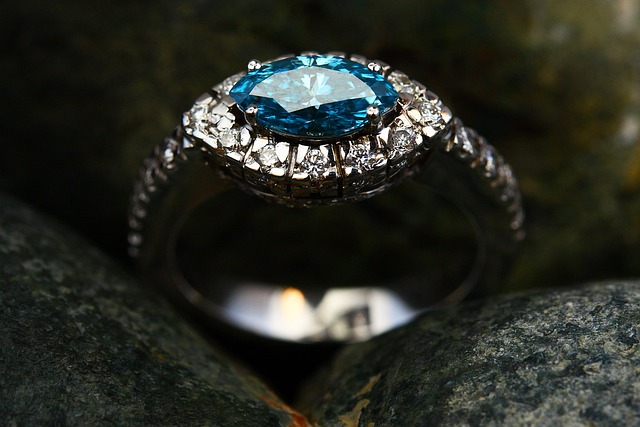
6. The Price of Prestige: Expert Tips for Evaluating Fine Jewelry’s Value
When it comes to fine jewelry, determining its true worth can be a challenging task. Whether you’re an avid collector or simply want to make an informed purchase, understanding how to evaluate a piece’s value is crucial. Luckily, we’ve compiled a list of expert tips that will help you navigate the intricate world of fine jewelry prices.
1. Quality is Key: The first rule of thumb when assessing the value of fine jewelry is to focus on its quality. Look out for the following indicators of excellence:
- Materials: Precious metals like gold, silver, and platinum are highly valued. Pay attention to their purity markings (e.g., 24K or 925) to gauge authenticity.
- Gemstones: The type, clarity, cut, and carat weight of gemstones significantly impact their worth. Seek expert advice if you’re unsure about their characteristics.
- Craftsmanship: Examine the piece’s construction, paying close attention to details like setting, engravings, and finishes. Fine jewelry is known for its meticulous craftsmanship.
2. Rarity Matters: The scarcity of a particular piece can greatly influence its value. Consider the following factors when evaluating a jewelry item’s rarity:
- Design: Unique, one-of-a-kind designs or limited-edition pieces are typically more valuable due to their exclusivity.
- Origin: Jewelry with historical significance or pieces from renowned designers can command higher prices due to their rarity and desirability.
- Condition: Well-preserved vintage or antique jewelry in excellent condition can be exceptionally rare and thus more valuable.
Remember, determining the value of fine jewelry is a complex process that requires expertise. If you’re uncertain, consult a reputable appraiser or jeweler who can provide an accurate assessment.
FAQs
Q: How can you tell good jewelry?
A: Identifying good jewelry involves considering various factors that contribute to its quality, aesthetics, and value. Here are some key aspects to look for when determining the quality of jewelry:
- Material: High-quality jewelry is often made from precious metals such as gold (in various karats), silver, platinum, or palladium. For gemstone jewelry, check for authentic gemstones like diamonds, rubies, sapphires, emeralds, etc.
- Craftsmanship: Examine the overall design and details of the piece. Well-crafted jewelry will have clean and precise workmanship, with no visible flaws, rough edges, or loose stones. Fine detailing indicates attention to detail.
- Stones: If the jewelry features gemstones, consider their cut, color, clarity, and carat weight (known as the 4 Cs for diamonds). High-quality stones will have excellent sparkle, color, and minimal inclusions (internal flaws).
- Settings: Stones should be securely set in the jewelry. Prongs or settings should hold the stones firmly in place without covering too much of their surface. Inspect for any loose stones or signs of wear on the settings.
- Hallmarks and Stamps: Legitimate jewelry pieces often carry hallmarks or stamps indicating the purity of the metal used (e.g., “18K” for 18-karat gold). These marks authenticate the quality and metal content.
- Weight: Quality jewelry tends to feel substantial due to the materials used. However, this might not apply to all types of jewelry, especially delicate pieces.
- Clasps and Fastenings: Check the clasps, hooks, and other fastenings for ease of use and durability. A well-made clasp is essential for keeping the jewelry secure.
- Finish: The surface of the jewelry should have a polished and well-finished appearance. No scratches, dents, or uneven surfaces should be visible.
- Design and Style: Beauty is subjective, but a well-designed piece will have balanced proportions and an overall pleasing aesthetic. Classic designs often stand the test of time.
- Durability: Quality jewelry is built to last. It should withstand regular wear without showing signs of excessive wear and tear.
- Reputation of the Brand or Jeweler: Reputable jewelry brands or jewelers are more likely to provide quality pieces, as their name and reputation are at stake.
- Certification and Appraisals: For valuable gemstones or high-end jewelry, certifications from gemological laboratories and professional appraisals can confirm the quality and authenticity of the piece.
- Price: While price alone isn’t always an indicator of quality, extremely low prices might suggest subpar materials or workmanship. Be cautious of deals that seem too good to be true.
Q: What is good jewelry?
A: Good jewelry refers to high-quality pieces made with precision and attention to detail. It is typically crafted from genuine materials like gold, silver, platinum, or precious gemstones.
Q: How do I determine the quality of jewelry?
A: You can assess jewelry quality by considering a few factors:
1. Material: Check for hallmarks or stamps indicating the purity of metals, like 14K or 925 (sterling silver). Genuine gemstones should be properly identified.
2. Workmanship: Examine the piece for well-made joints, smooth finishes, and secure settings. Look out for loose stones or weak clasps.
3. Weight: Quality jewelry often feels substantial due to the weight of the materials used. Lightweight pieces may indicate lower quality.
4. Durability: Avoid jewelry that appears weak or flimsy, especially in areas prone to wear and tear, such as chains or ring prongs.
5. Brand reputation: Research trusted jewelry brands or consult with knowledgeable experts who can vouch for quality.
Q: What are some red flags for low-quality jewelry?
A: Keep an eye out for these warning signs:
1. Base metals: Jewelry made from cheap materials like alloy, copper, or nickel may cause irritation or discoloration on the skin.
2. Poor craftsmanship: Sloppy finishes, visible glue, or shoddy connections are indicators of low quality. Avoid if you spot these.
3. Synthetic gemstones: While synthetic stones can be beautiful, low-quality jewelry may pass them off as real. Look for authenticity assurances.
4. Tarnish or discoloration: Inferior metals may tarnish quickly or change color. Pay close attention to areas in contact with the skin.
Q: How about the price?
A: Price shouldn’t be the sole determining factor, but good jewelry often comes with a higher price tag due to the quality craftsmanship, materials, and brand reputation. Be wary of deals that seem too good to be true, as they may involve shortcuts in quality.
Remember, when it comes to good jewelry, trust your instinct and do your research to ensure you’re investing in pieces that make you shine with confidence!
To Wrap It Up
In conclusion, when it comes to identifying good jewelry, there are a few key factors to consider. Firstly, examine the materials used – high-quality metals like gold or silver, and genuine gemstones are signs of good craftsmanship. Secondly, assess the design and attention to detail. Good jewelry will have intricate and well-executed patterns, without any visible flaws or imperfections. Lastly, don’t forget about the brand reputation and customer reviews – they can provide valuable insights into the quality and reliability of a jewelry piece. By taking these factors into account, you’ll be better equipped to tell good jewelry apart from the rest.

